NIESR estimated UK’s GDP remained “flatlined” in the final quarter of 2023. Looking ahead, NIESR forecasts modest uptick in GDP growth for the first quarter of 2024 by 0.2%. This forecast aligns with broader trend observed in UK economy, characterized by “low, but stable economic growth”.
While UK’s GDP showed 0.3% growth in November, a broader look at the three-month period leading up to November paints a different picture. In this timeframe, GDP experienced a -0.2% decline compared to the preceding three months up to August.
“These three-monthly data, which are less volatile than the monthly figures, suggest that the bigger picture remains one of sluggish growth,” NIESR said.




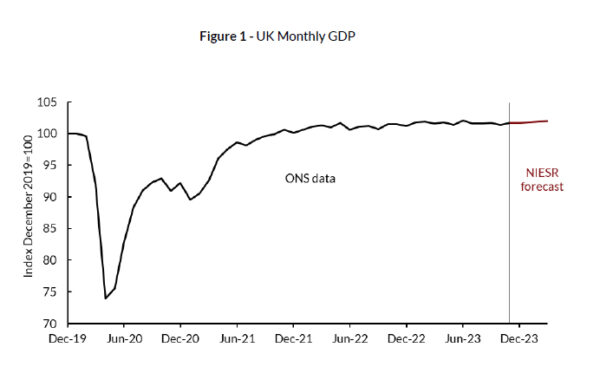
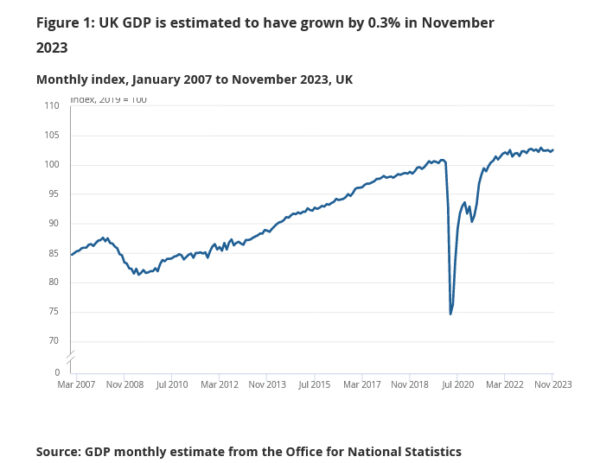
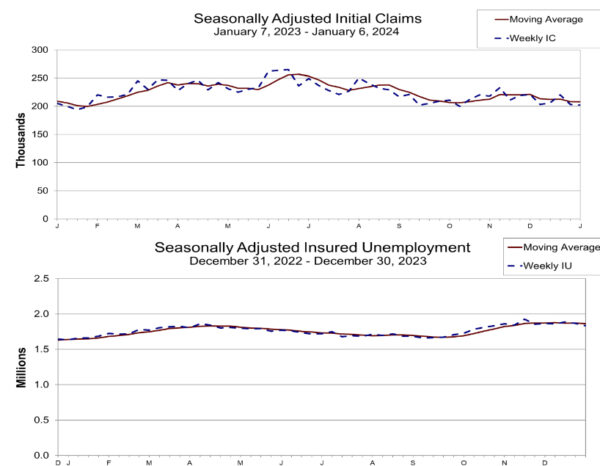
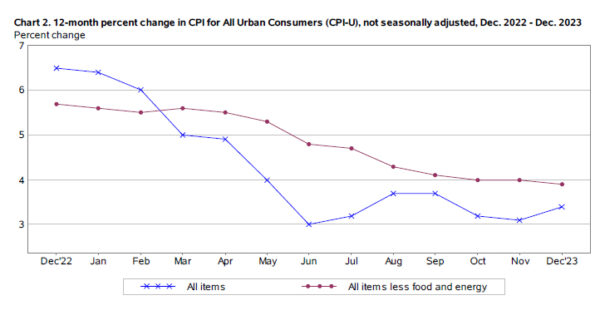
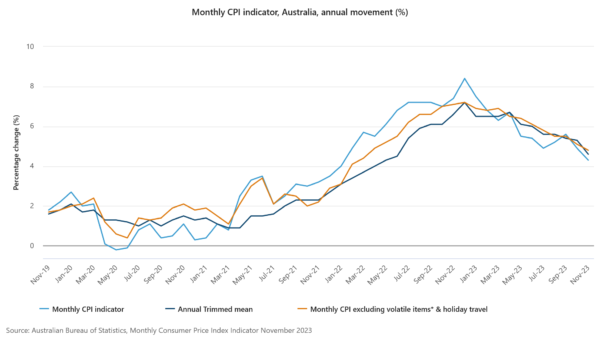

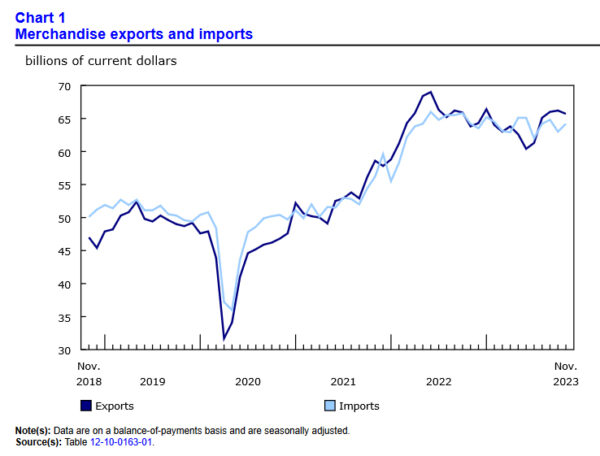

US PPI down -0.1% mom in Dec
US PPI for final demand fell -0.1% mom in December, below expectation of 0.1% mom. PPI goods was down -0.4% mom while PPI services was unchanged. PPI less foods, energy and trade services rose 0.2% mom.
For the 12-month period, PPI rose from 0.8% yoy to 1.0% yoy, below expectation of 1.3% yoy. PPI less foods, energy and trade services rose from 2.4% yoy to 2.5% yoy.
Full US PPI release here.